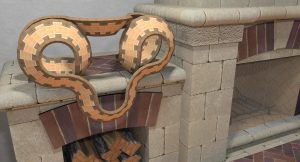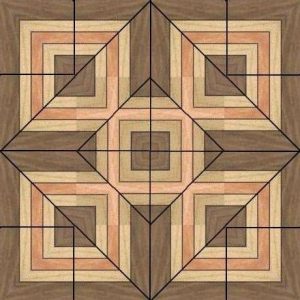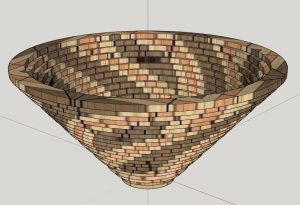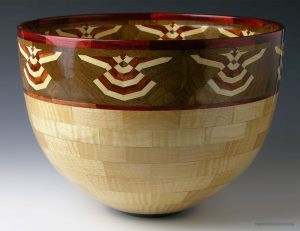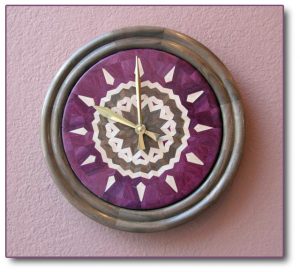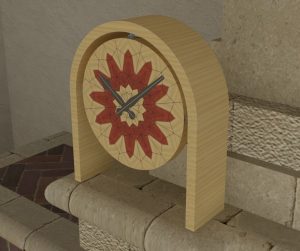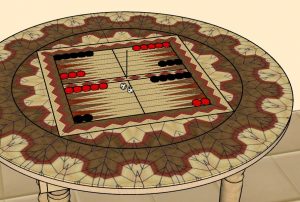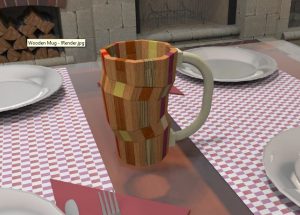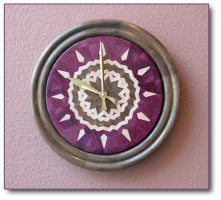
I’m sure you already know what Multi-Generation Lamination is, but for those that don’t, it means creating a board from longs strips of wood, cross-cutting that board at an angle into identical strips and gluing those strips together while flipping every other strip left-to-right, top-to-bottom or both. Rinse and repeat for multi generation designs.
In concept, it’s really that simple. In practice, there are lots of points of failure and unless you can fully understand where errors can occur and how to prevent them, The resulting design will be less than perfect. Perhaps much less. With symmetric designs with this technique, errors jump right out at you and eyes are immediately drawn to them. But minimizing or eliminating those errors will result in a finished feature ring that can amaze the viewer and make them wonder how you could have ever cut so many small pieces and glued them together with such precision.
It is my intention to show you how to do it.
At the 2018 Segmenting Symposium, I will be presenting two rotations on Multi-Generation Laminations. The first will be an introduction to the topic intended for those who would like to use this technique to create chevron, diamond and Southwest-style feature buy diazepam tablets uk rings for segmented bowls. The second is intended for those that want to make more elaborate feature rings, segmented sculptures built from laminated boards and woodworking projects featuring multi-generation lamination designs.
The first rotation will fully address the basics of multi-generation lamination:
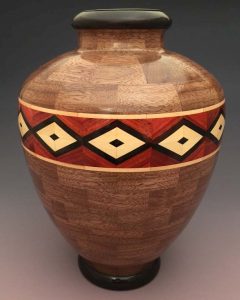
Most of the first rotation will deal with a first generation (chevron) board. The second rotation will cover more advanced topics such as:
